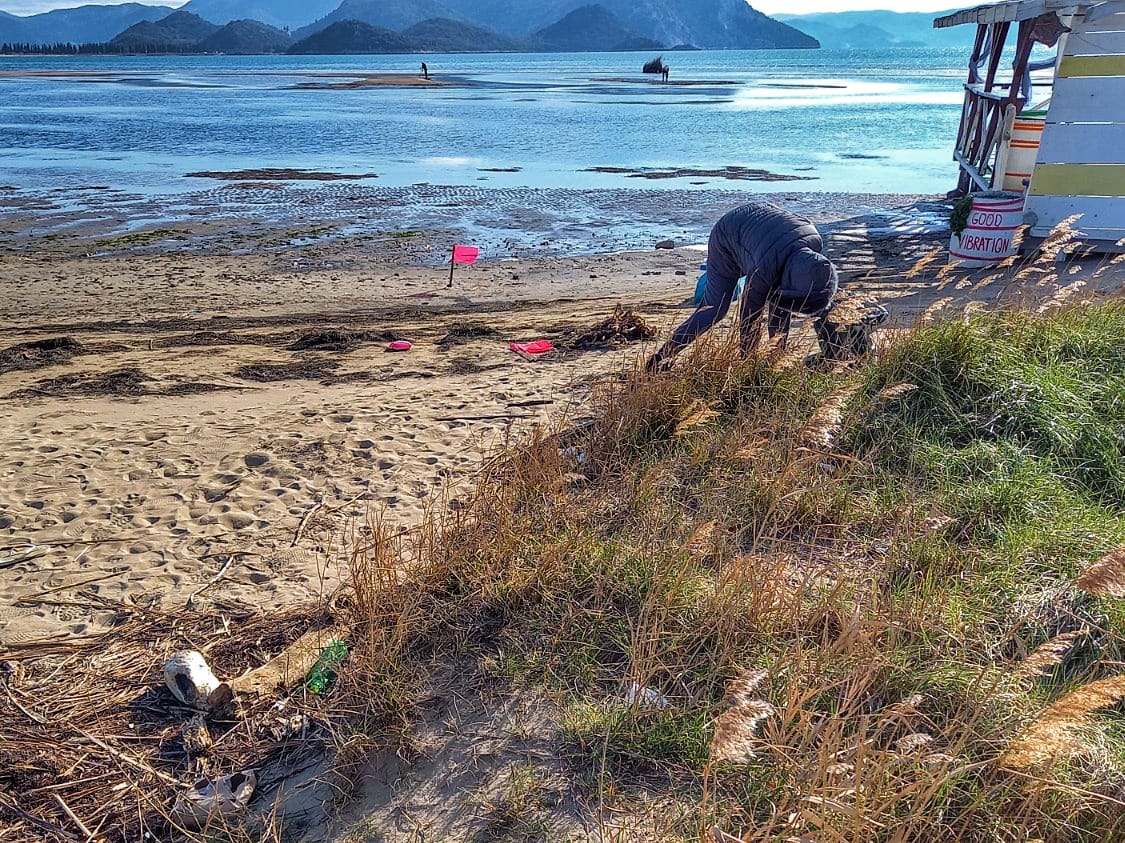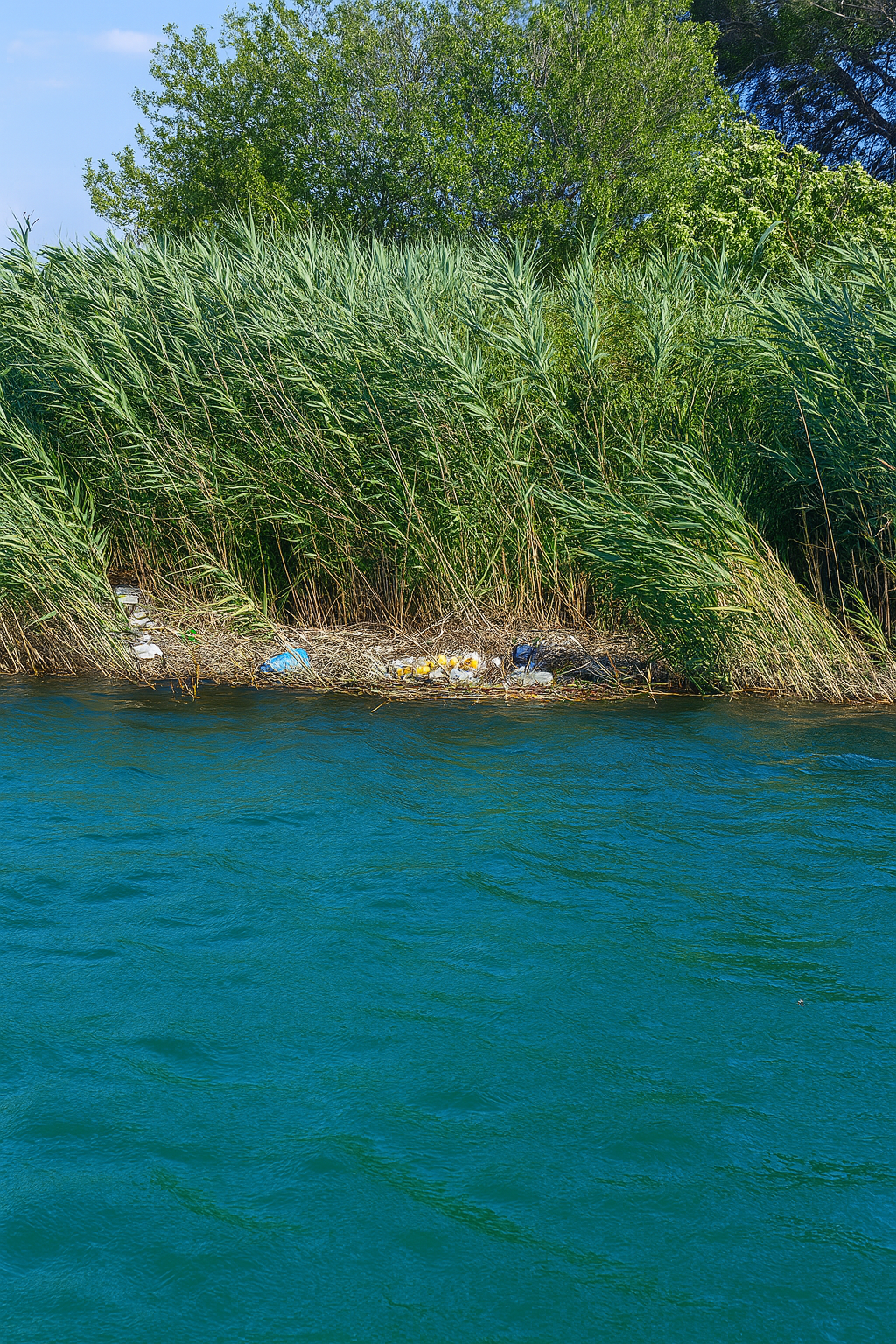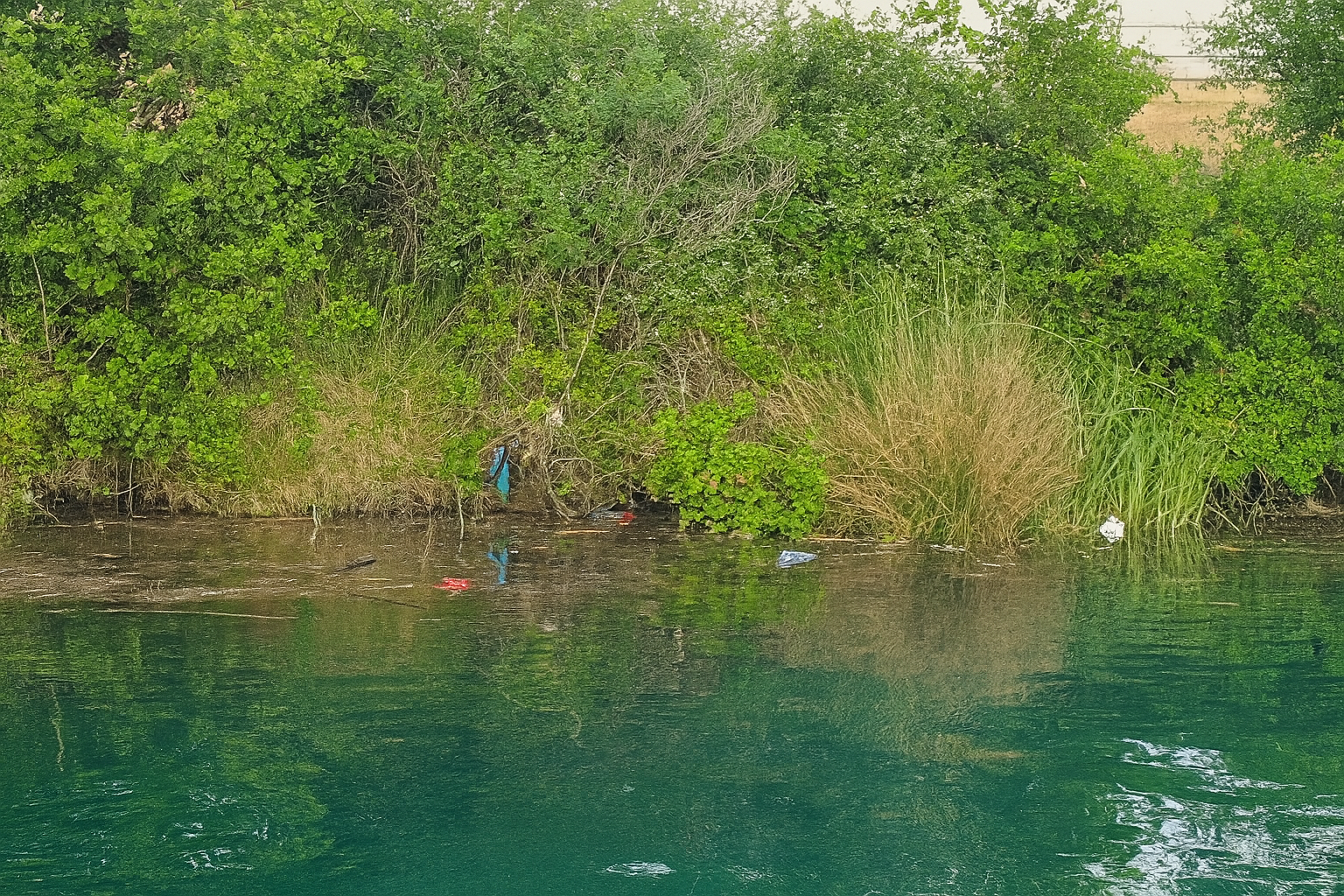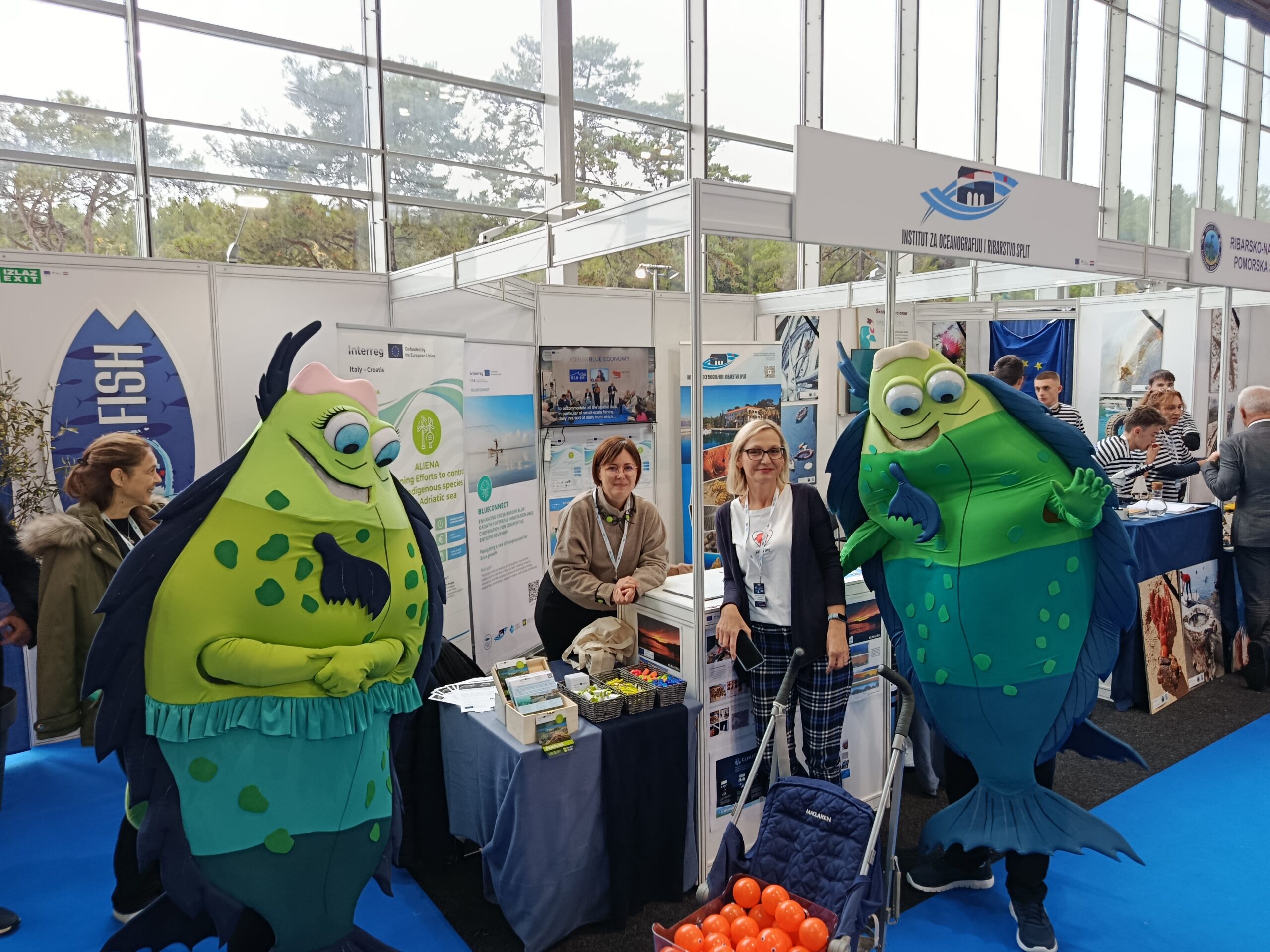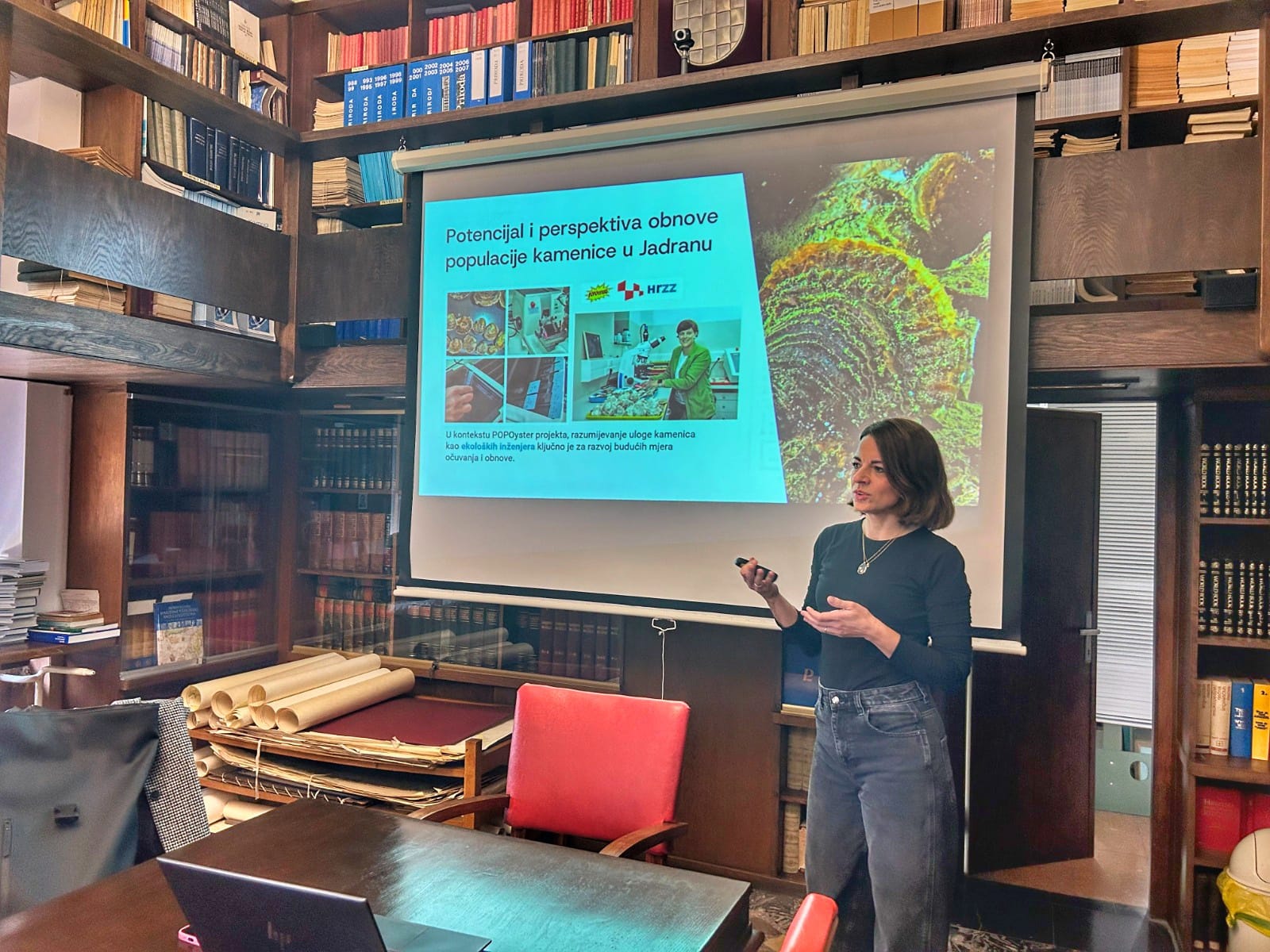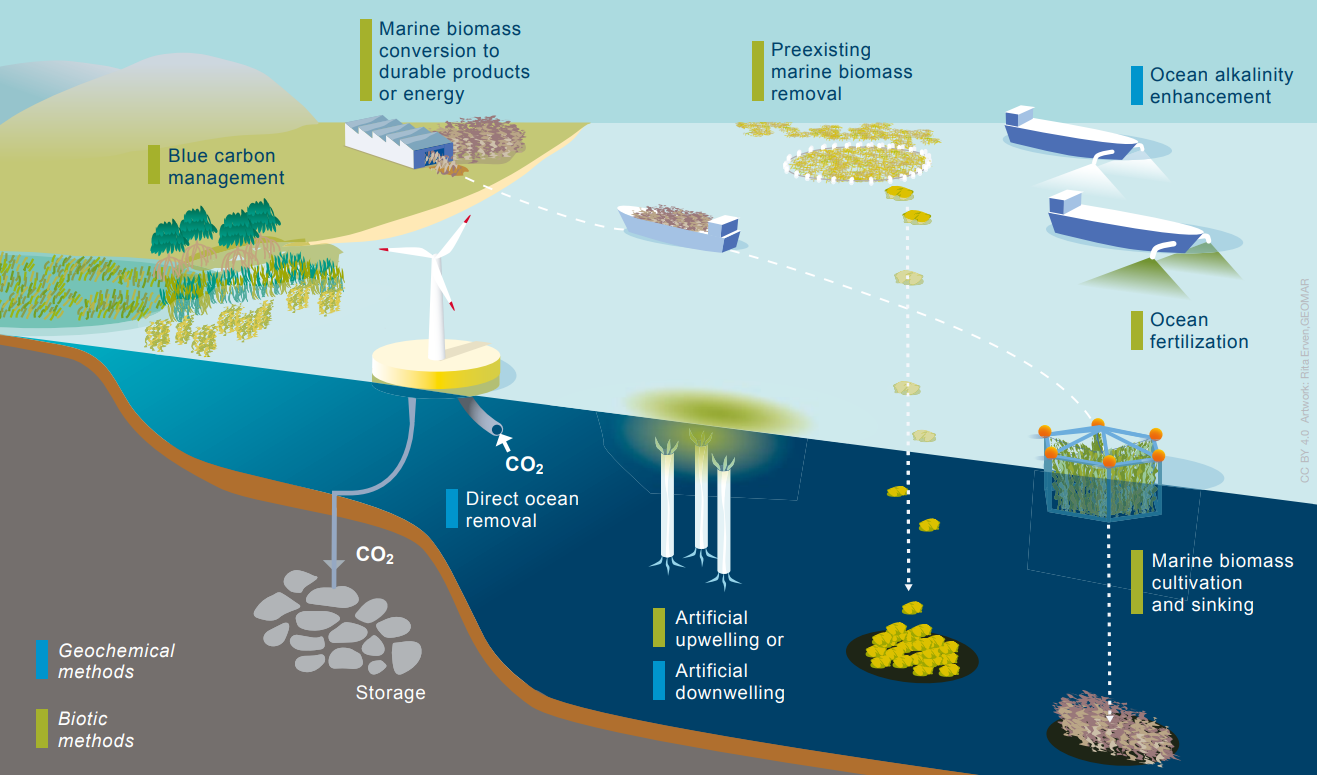It is estimated that up to 80% of marine litter worldwide originates from land and reaches the sea via rivers. Rivers transport various types of waste, but plastic dominates due to its buoyancy, durability, and widespread use. Each year, rivers are estimated to carry up to 2.7 million tonnes of plastic into the ocean.
Understanding how waste reaches coastal areas through river systems is crucial for effective marine pollution management. However, the influence of river flow, coastal dynamics, and beach morphology on the accumulation of litter, especially plastic, is still not fully understood.
According to earlier modeling, the Neretva River contributes approximately 2.8% of the total plastic waste entering the Adriatic Sea. Due to the unique characteristics of its delta and its proximity to the protected Mali Ston Bay, it provided scientists from the Institute of Oceanography and Fisheries and the University of Dubrovnik with a valuable opportunity to study how river dynamics and distance from the river mouth affect waste accumulation.
A scientific study published in Marine Pollution Bulletin presents the results of two years of monthly monitoring across several beaches, during which the amount, composition, and seasonal patterns of marine litter were examined, along with its correlation with river flow. The research was conducted within the PRIMOS project, co-funded by the EU – NextGenerationEU.
Sampling was carried out monthly (and weekly during summer) on four beaches located at various distances from the Neretva mouth: 0.01 km (Komin), 2 km (Opuzen), 12.7 km (Klek), and 13.7 km (Moračna). At each site, 100-meter transects were established, and all litter larger than 2.5 cm was collected, always prior to regular clean-up activities conducted by concession holders.
Plastic accounted for more than 94% of the total waste, predominantly single-use items such as bags, wrappers, cups, and straws. While the total amount of waste decreased with distance from the river mouth, the proportion of plastic increased. Moreover, a clear correlation was confirmed between river flow and the amount of beach litter — the highest quantities were recorded during the rainy season, when river flow was high, while summer levels were significantly lower.
The results of this study clearly show that reducing marine litter requires better waste management in river basins. This includes implementing systems for systematic separation and disposal of waste, preventing leakage, efficient removal of waste from rivers, regular and seasonally adapted clean-up actions (especially near river mouths), and the introduction of effective regulations on single-use plastics, alongside consistent on-site monitoring.
